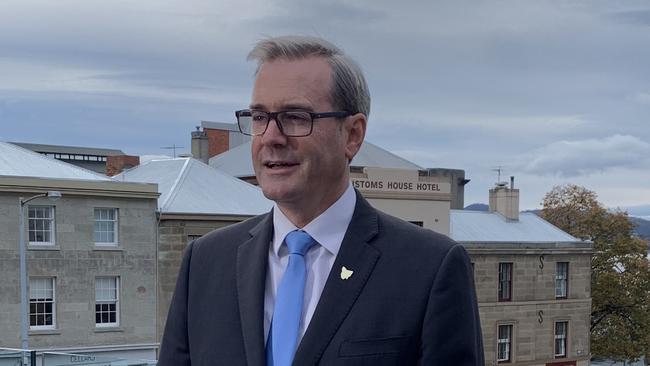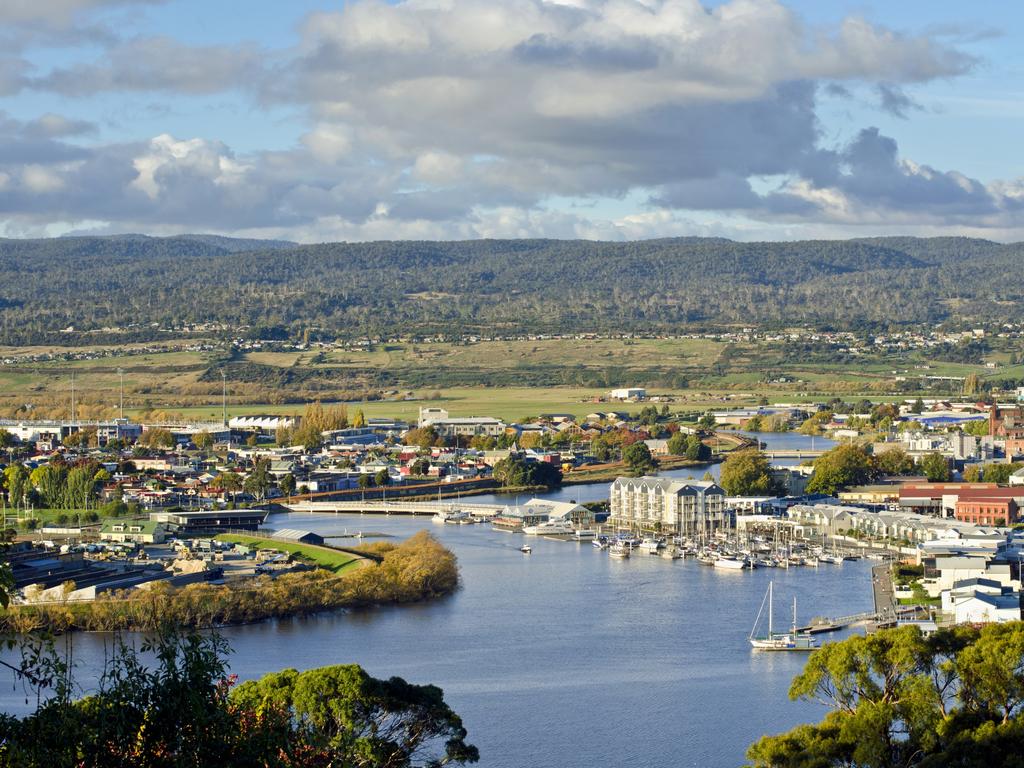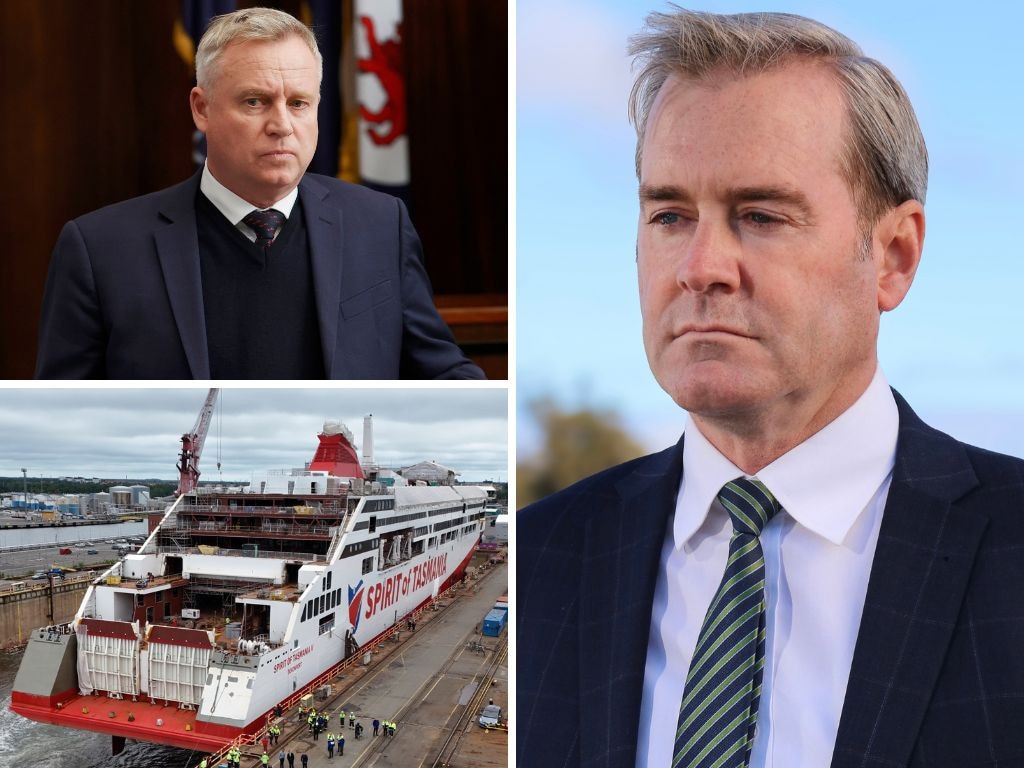Tasmanian budget 2024: Surplus put back to 2030 as state doubles its debt
Australia’s only Liberal state government will put off a surplus until 2030, as it increases health, education and infrastructure spending, more than doubles debt, and imposes a modest efficiency dividend.

Australia’s only Liberal state government will delay a surplus until 2029-30, delivering a budget that more than doubles debt with modest efficiency dividends to partially offset more spending.
Tasmanian Treasurer Michael Ferguson told The Australian his third state budget, to be delivered on Thursday, charted a “sensible pathway” to surplus, but not before 2029-30.
Under pressure amid a potential no-confidence motion against him, Mr Ferguson partly blamed the budget woes on an almost $390m write-down in GST receipts and the Albanese government’s “cost shifting” in health and housing.
Even so, he confirmed education and health funding would grow by at least 6 per cent, while the budget would deliver $5.1bn in new infrastructure.
A 50c per $100 efficiency dividend targeting consultancies and travel will force department chiefs to make some cuts to fund the new spending.
However, state net debt – eliminated in the 2010s and rising post-pandemic to $1.87bn in 2022-23 and $3.5bn in 2023-24 – would further balloon to $8.5bn by 2027-28.
Mr Ferguson defended the minority government’s decision not to make sweeping cuts to the bureaucracy or services to bring the state back to a sustainable fiscal footing sooner.
“Now is not the time to be pulling back from supporting Tasmanians who are struggling with cost-of-living pressures,” he said.
“We will not be implementing a slash and burn approach which would result in job losses, or destruction of business confidence – like we saw under the last Labor Greens government.
“We will continue to grow our economy, deliver intergenerational infrastructure and meet our responsibilities and challenges.”
As the Labor opposition claimed Mr Ferguson had “completely lost control of the state’s finances”, he revealed a federal-style efficiency dividend to lock in modest but ongoing savings.
In 2024-25, department chiefs will need to shave 50c off every $100 of spending, with a focus on cutting consultants, supplies and consumables, travel and advertising.
“Efficiency measures must be achievable in both the short and long term,” Mr Ferguson said.
“This means that agencies must identify efficiency measures that are structural and achievable on an ongoing basis.
“Ultimately, this is about future-proofing Tasmania’s essential services, so we can provide better services for those who use them.”
Mr Ferguson defended the soaring debt, which independent economist Saul Eslake has warned will by some measures leave Tasmanians among the most debt-burdened Australians.
“Our debt position reflects the investments we have made during these times to keep Tasmania’s economy strong and keep Tasmanians in jobs,” he said.
“Tasmania’s net debt remains low compared to other states and territories, being the lowest on a nominal basis and third lowest as a percentage of gross state product.”
As the state’s peak business group called for tougher action to stem “runaway” spending, Mr Ferguson said the budget – with a $1.5bn deficit in 2023-24 – would recover, albeit slowly, to a balanced position by 2028-29 and a surplus by the next year.
He confirmed there would be no reduction in net debt before the balance sheet was back in black in 2029-30.
The Tasmanian Chamber of Commerce and Industry on Wednesday backed Mr Eslake’s call for more detailed prioritisation and justification for major infrastructure spends but Mr Ferguson said the budget’s $5.1m infrastructure program would “trend down” from $1.1bn in 2024-25 to about $780m in 2027-28.






To join the conversation, please log in. Don't have an account? Register
Join the conversation, you are commenting as Logout